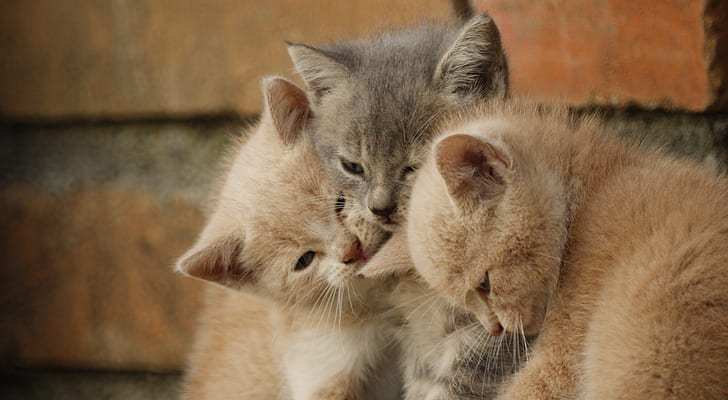Revealing the Layers of “The Great and the Wonderful” Contention: A Complete Investigation
Presentation:
“The Great and the Lovely” educational plan has mixed discussion and ignited banter among teachers, guardians, and researchers alike. It promises a blend of academic rigor and moral values and was launched as an alternative to traditional educational materials. Be that as it may, its execution and hidden philosophies have been met with both approval and analysis. Diving into the profundities of this contention discloses a diverse talk that merits investigation.
The Ascent of “The Great and the Delightful”:
The “Good and the Beautiful” (TGTB) curriculum was established by Jenny Phillips in response to perceived shortcomings in conventional educational resources. It became popular because it combined academic subjects with literature, art, and character development. TGTB’s emphasis on encouraging an affection for learning and sustaining ethics reverberated with numerous families looking for all encompassing instruction for their youngsters.
The Allure:
The fact that TGTB incorporates subjects that are frequently left out of mainstream curricula and caters to a variety of learning styles is central to its appeal. It expects to develop balanced people with a significant appreciation for excellence and goodness through the joining of nature study, craftsmanship appreciation, and moving writing. Furthermore, little non-public schools and self-teaching families have viewed it as an engaging choice because of its reasonableness and availability.
Questions Concerning TGTB:
In spite of its popularity, TGTB has come under fire on numerous fronts:
1. Strict Association:
The religious undertones of TGTB are one of the main points of contention. Critics contend that the curriculum’s lack of diversity and inclusivity is caused by its strong Christian worldview, which may cause families from non-religious or secular backgrounds to feel alienated.
2. Absence of Variety:
One more analysis evened out against TGTB is its depiction of history and culture, which some consider to be Eurocentric and ailing in variety. Biases and stereotypes are argued to be perpetuated and reinforced by the curriculum’s limited perspectives, which fail to adequately represent the rich tapestry of human experiences.
3. Scholarly Thoroughness:
While TGTB underlines character improvement and virtues, a few pundits question its scholarly thoroughness contrasted with conventional educational plans. Concerns have been raised about the profundity and expansiveness of content inclusion, especially in subjects like science and math, possibly leaving understudies not well ready for advanced education or government sanctioned testing.
4. Ecological Worries:
TGTB’s way to deal with nature study has likewise drawn examination, for certain pundits communicating hesitations about its ecological substance and protection standards. Questions have been raised about the educational plan’s treatment of biological issues and maintainability, provoking calls for more noteworthy accentuation on ecological stewardship.
Exploring the Debate:
In the midst of the polarizing talk encompassing TGTB, exploring the discussion requires cautious thought and basic examination. Defenders feature its assets in cultivating character improvement and imparting an adoration for learning, while at the same time recognizing the requirement for continuous assessment and transformation to address legitimate worries.
Pushing Ahead:
The debate over “The Good and the Beautiful” curriculum highlights broader discussions about education’s purpose and priorities as the educational landscape continues to change. While varying points of view will definitely endure, valuable exchange and cooperation are fundamental in forming instructive practices that engage students and advance comprehensive greatness.
Conclusion:
The controversy over “The Good and the Beautiful” encapsulates numerous complexities of educational discourse. The search for the ideal educational framework continues to be an ongoing journey of exploration and discovery despite the fact that stakeholders are battling with opposing viewpoints and priorities. At last, it is through insightful reflection and informed exchange that significant advancement towards instructive value and greatness can be accomplished.




